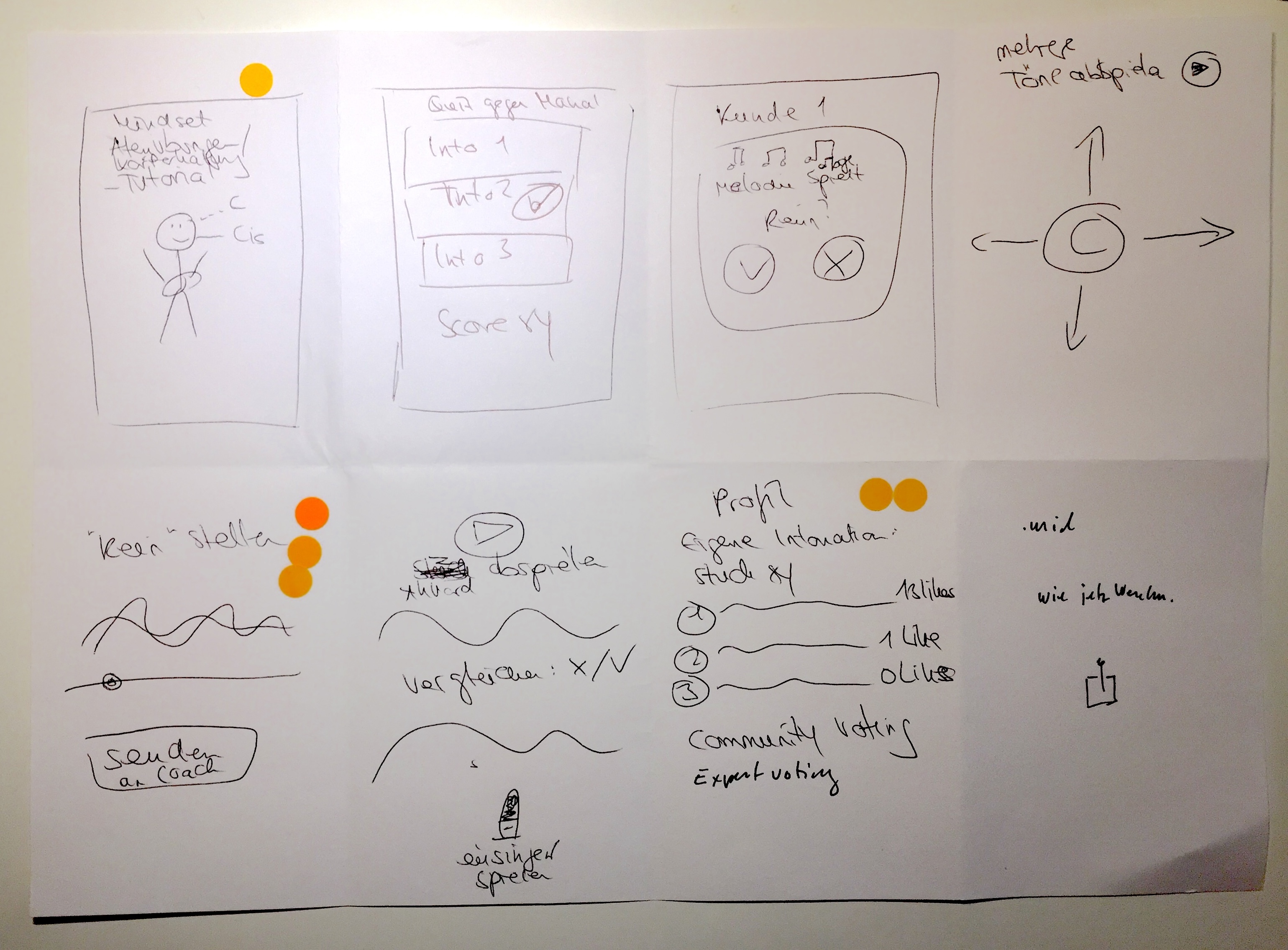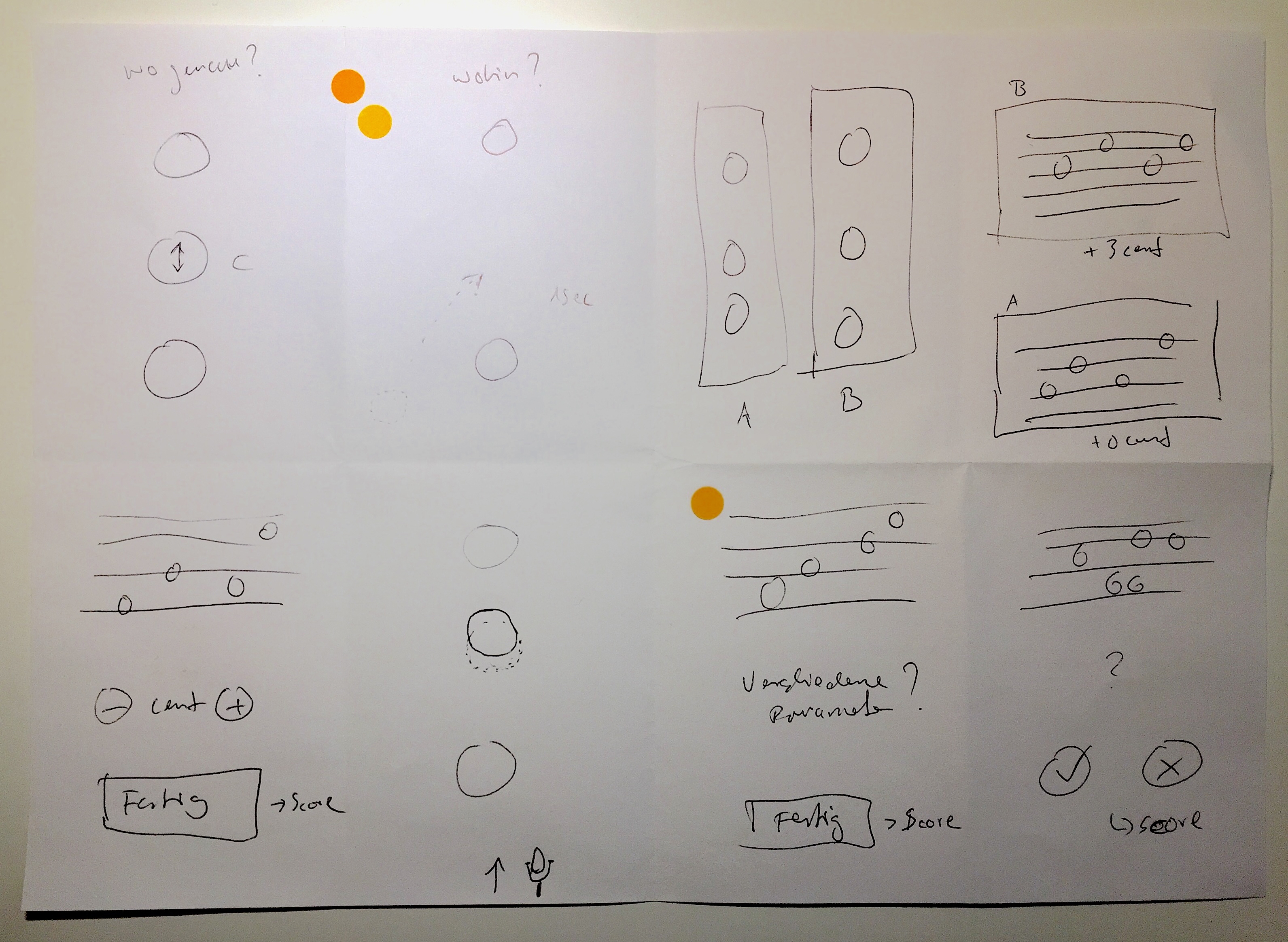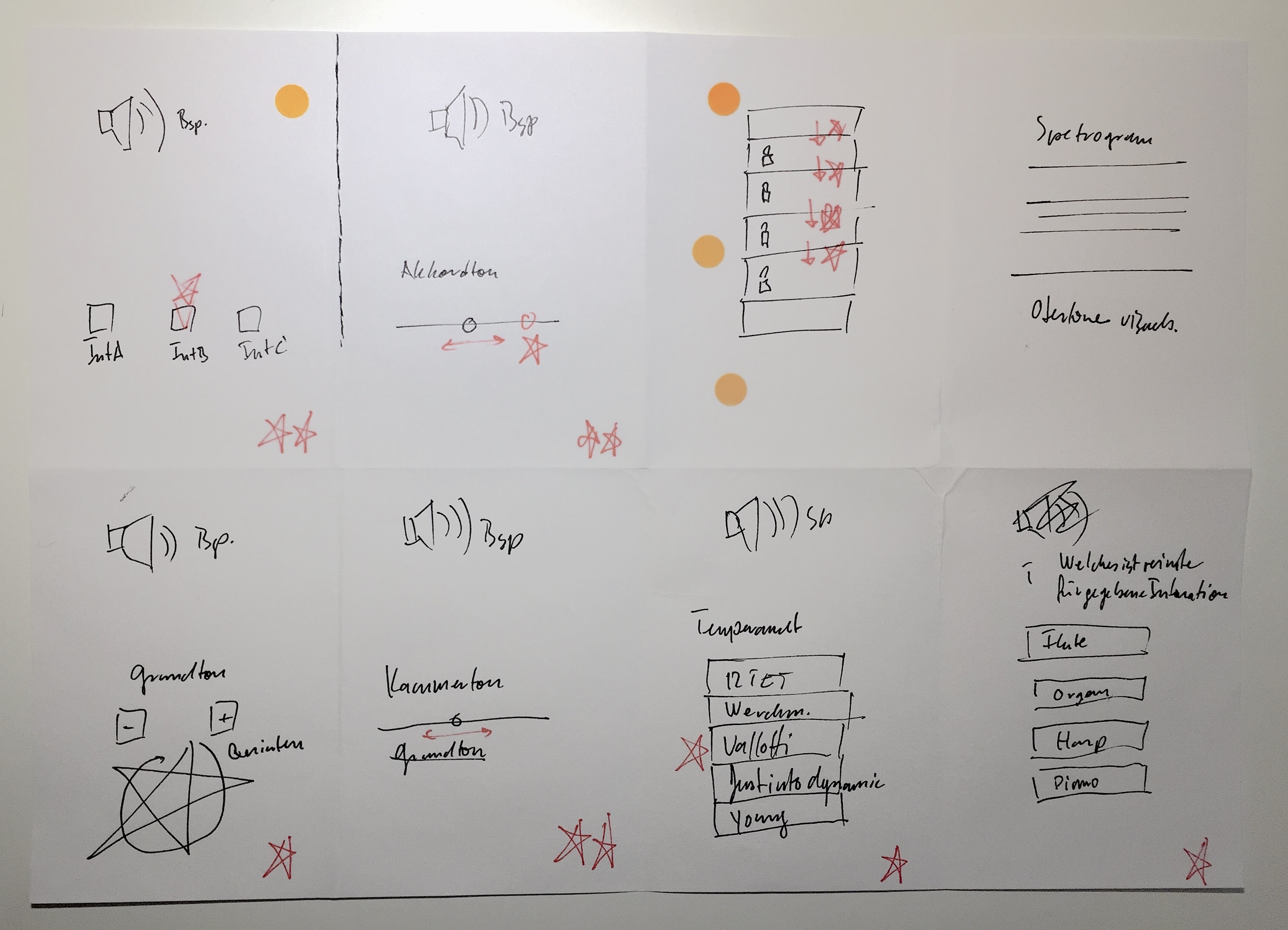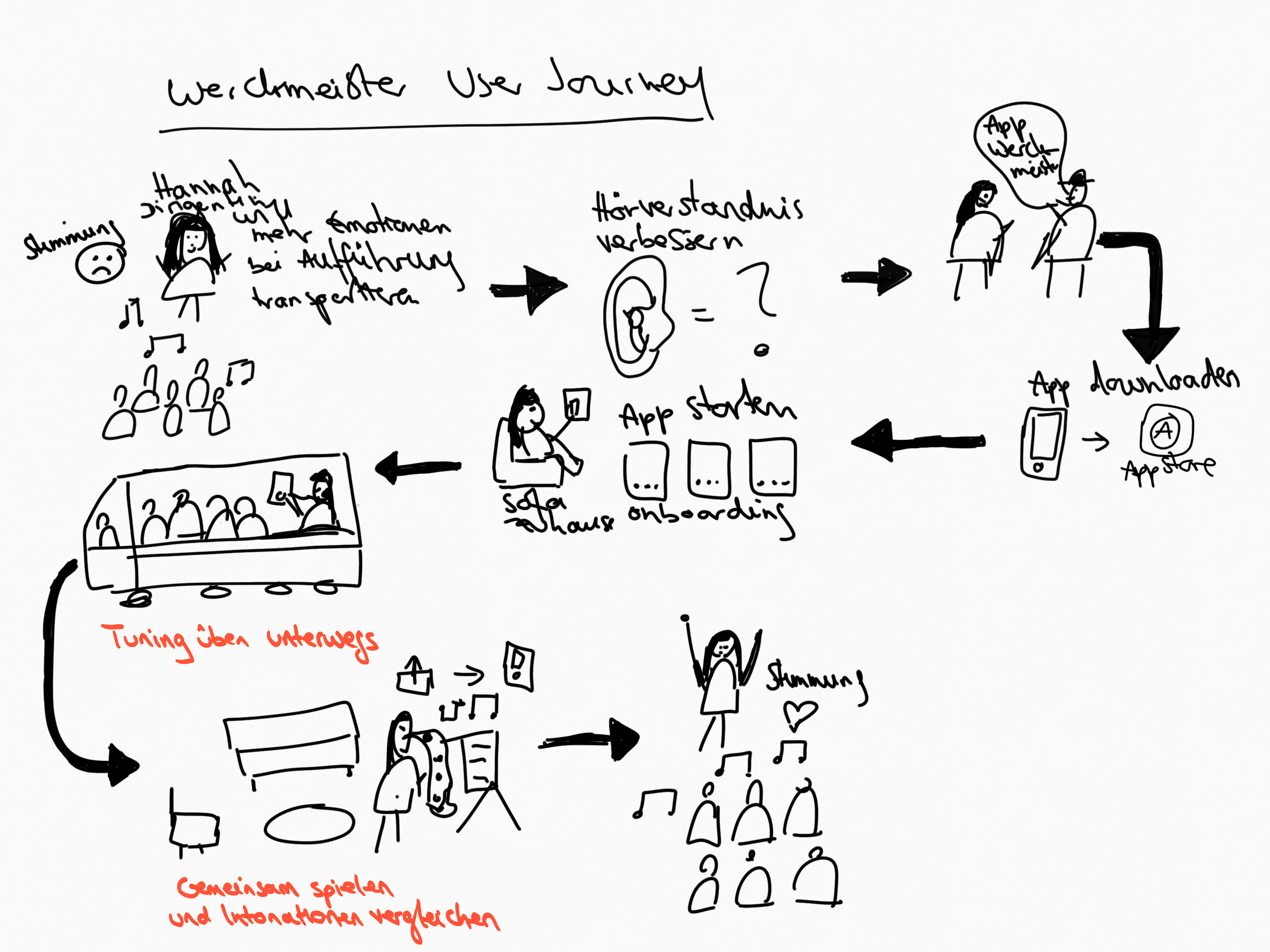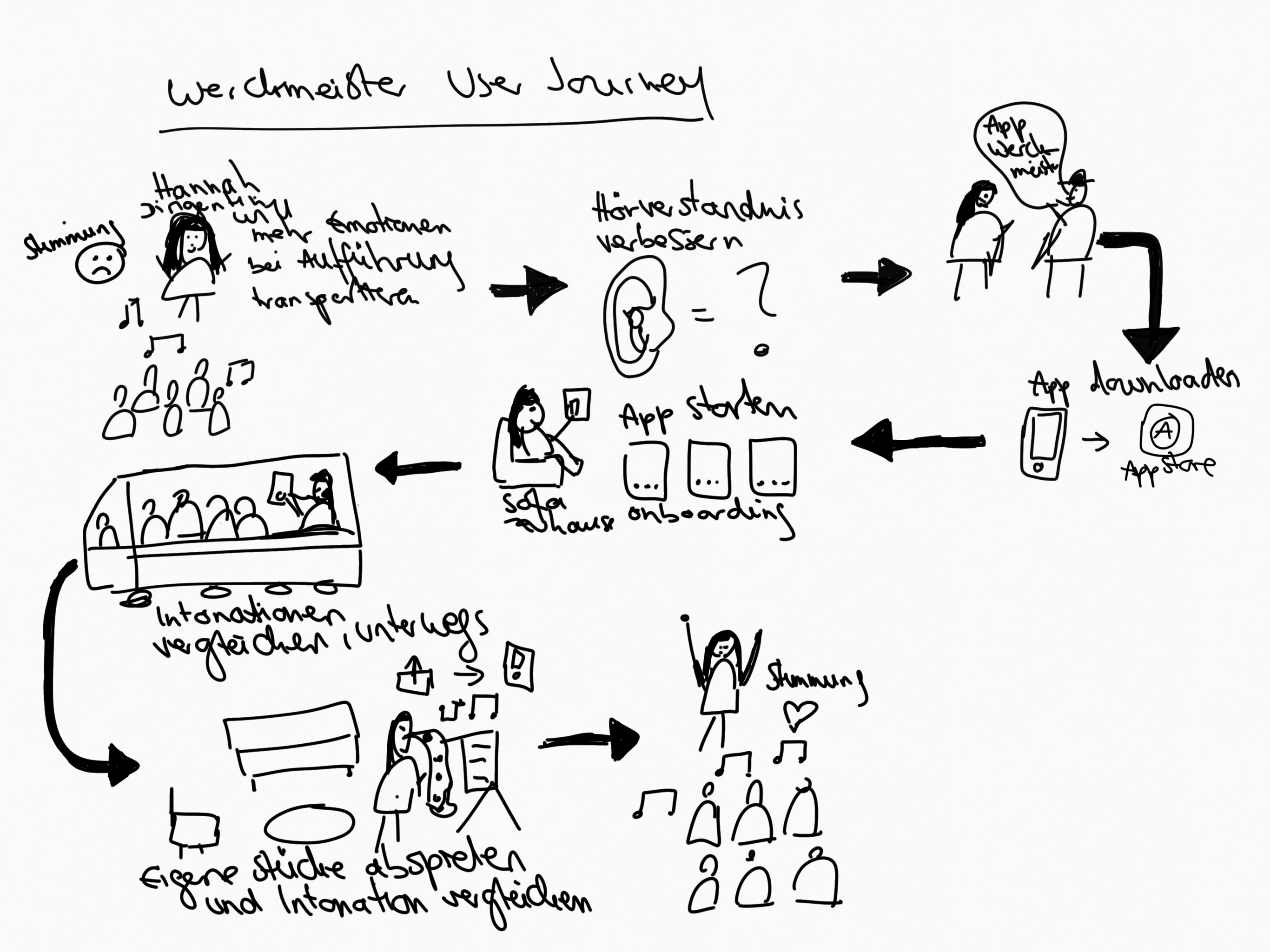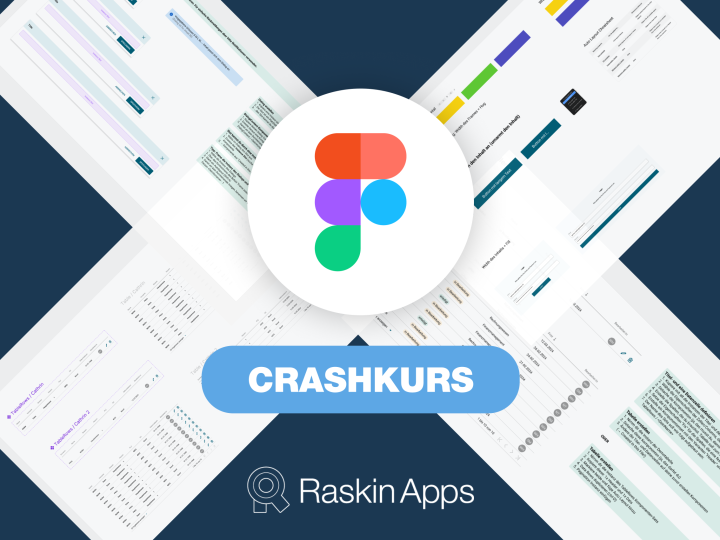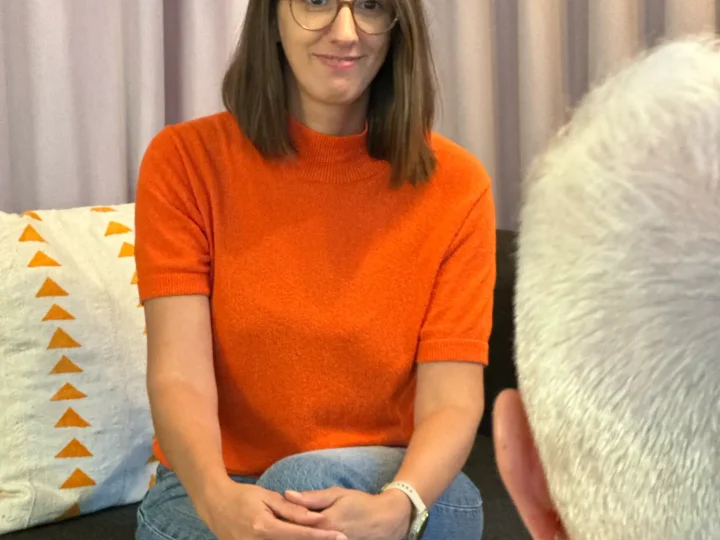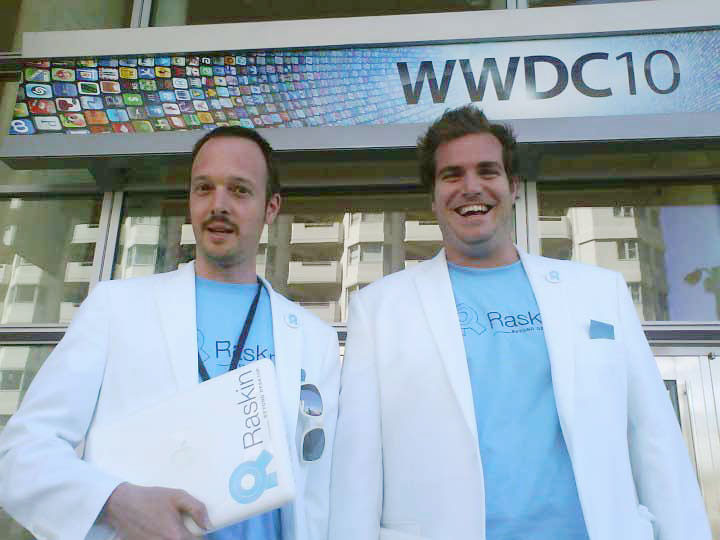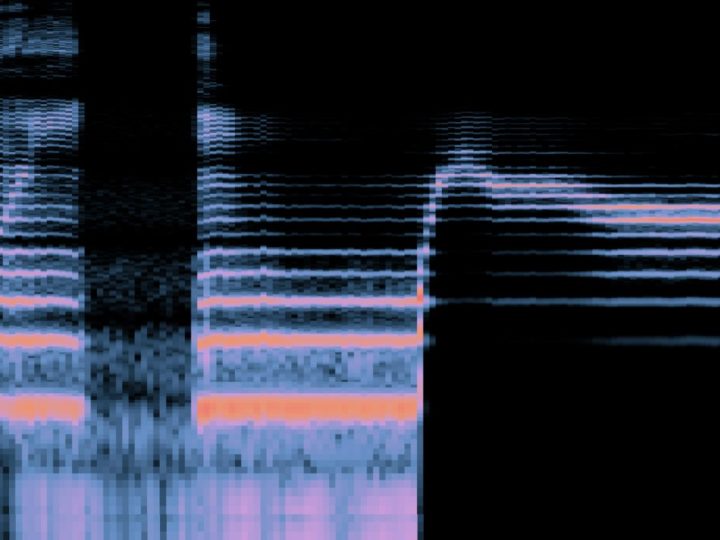🎹 My impression: ➫ The piano in the rehearsal room is out of tune! And not just today, but also directly after the piano tuner's visit.
That's when my research began - with the realization that the piano is always out of tune. This detuning is called temperament or temperature and simply sounds wrong to some ears, especially in the thirds. This realization, which came late for me, opened my ears on the one hand, but on the other I realized that this knowledge is not generally known.
This gave me the idea of developing an app with which I can play pieces of music as MIDI files in different intonations in order to compare how a song can sound differently - even in a historical context.
First prototype: Interesting - but only for music nerds
I started programming out of my personal desire to deepen and share this knowledge. I thought it would be interesting for many others, especially choir directors and students of classical music. We implemented a prototype(https://www.werckmeister.app/prototyp-2018/) and then found out during the evaluation that the idea and concept were well received, but that the operation required far too much prior musical knowledge to be able to make meaningful comparisons of intonations.
🕹️ With UX methods to new approaches
Together with my partners at Raskin Apps, Cathrin Münchbach and Michael Rosewich, we started a professional UX process.
This included:
- Product Vision Workshop
- User Journey Map (see pictures below)
- Personas
- User interviews
- Qualitative survey
- Contextual Inquiry
- Crazy 8
What this all means: see "UX methods: links"
We realized that the functionalities of the first prototype were the result of my fascination with the technological possibilities. And in my role as product manager, I made too many assumptions about the needs of my target audience.
Two approaches were then up for discussion:
Approach A: Play, change, intonate.
- User interface as in the first prototype
- Use case: Comparison of intonations
- Little user guidance
- Content production by users and the community
- A lot of prior knowledge required, small target group
- little effort for implementation
Approach B: Listen, evaluate, compare.
- Simplified user interface
- Strong user guidance
- Content production by us
- Gamification
- No or little prior knowledge required
- elaborate production
🗑️ We have discarded approach A, including the fully programmed prototype. This approach was aimed at professors of early music, choirmasters and musicians with a focus on early music and baroque music. Certainly a niche. It became clear that the app could only be successful if it reached a broad audience. This was a pity for me personally, as I had already spent many days on design and programming work, almost all of which was now for the garbage can. The app and its character had to be completely rethought. Interestingly, however, the user journey fits with only two minimal changes (see the two drawings of the user journey).
Approach B now offers playful opportunities that are accessible to laypeople and schoolchildren. For everyone who is interested in music.
As part of the further conceptualization, I had the opportunity to deal with the #IOOI impact logic. It has a lot in common with UX methods. In the foreground: first think about the impact in the social or holistically conceived business. What do we want to achieve? And I realized that the impact should be: Listening, meeting each other with open ears, hearing and feeling music and gaining self-confidence. For my app, this means that it should focus on the ear and do without musical notes or other visual aids as much as possible.
🩵 Conclusion 🩵
- Product managers' assumptions are not simply given
- question and analyze
- UX process helps to understand the product
- Focusing on the target group in the concept
With the new concept, I was able to put together a team, give over 30 presentations and now have broad support. This includes the Winterthur Conservatory, various choirs, ensembles and consorts, the Cantaleum school and a strong team for the dissemination and production of Werckmeister.
Perfect intonation is almost impossible to achieve. However, if a common understanding is developed in the rehearsal, feelings can be conveyed better. And this understanding only works through the ears. #letslisten
🧑🎤 Have you ever been in a situation where the product managers were too distracted by their own interests? Or that a software was too strongly influenced by the technical possibilities instead of the actual needs of the users?
Are you a product manager yourself or in charge of a software project? Are you interested in music or impact logic? I look forward to your feedback, directly by e-mail or at the bottom of the LinkedIn post.
UX methods: Links
- UX Design
- Design Thinking
- Design Sprint
- Crazy 8
- User Interviews
- Personas
- Contextual Inquiry
- User Journey Map

